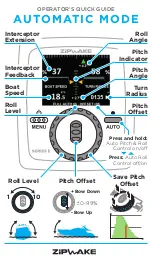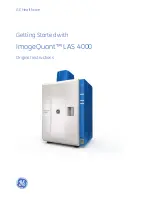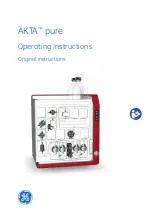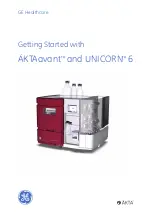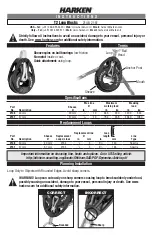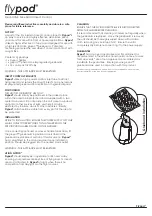
Marine Installation Manual
2022-03
4-22
4 Ancillary Systems
4.3 Cooling water system
X62DF-S2.0
4.3.7
The EGC circulation water system
The EGC circulation water system is used to cool the recirculated exhaust gas by
means of the Exhaust Gas Cooler (EGC) circulation water. In the WinGD doc
-
umentation, the cooling water of the EGC system is referred to as circulation
water. This helps to distinguish between the engine cooling water and the
cooling water of the iCER system. The circulation water is mainly generated
from condensation within the system. There is no EGC circulation water treat
-
ment with corrosion inhibitors necessary as is required for the low- and high-tem
-
perature cooling water system (see sections
4.3.1 Low-temperature circuit,
and
4.3.2 High-temperature circuit,
). The primary component of this pro
-
cess is the EGC, which uses a two-stage cooling process as the exhaust gas passes
through it. In the first stage, the exhaust gas is cooled by an EGC circulation
water spray. In the second stage, the exhaust gas is cooled by passing through
heat exchanging filling material which is placed in another EGC circulation
water spray (see section
).
This EGC circulation water used by the EGC is captured and circulated through
the water system. The EGC circulation water tank stores this water which is con
-
tinually produced from condensation. The water is circulated through the system
and cooled by heat exchangers, before re-entering the EGC. The set point that
controls the seawater flow, affecting the temperature of the EGC circulation
water, is managed by the iCER control system. This arrangement limits the tem
-
perature reduction in winter conditions.
Figure 4
-
13 The EGC circulation water system
The cooling process reduces the temperature of the exhaust gas to approximately
40 °C, this is below the dew point. Below the dew point, water starts to conden
-
sate out of the exhaust gas, and is then used in the system. This can lead to excess
water in the system, which is then collected and discharged from the EGC circu
-
lation water tank to a drain tank (see section
4.9.4 The iCER drainage system,
).
For further details about the EGC circulation water system, including the size
specification for the EGC circulation cooling tank, see the
. The EGC cir
-
culation water pump values for pressure and volumetric flow are determined by
the EGC (for pump capacities refer to the
).
SM-0578
2
1
1 Seawater flow control valve
2 EGC circulation water
temperature control sensor
3 EGC circulation water cooler
4 EGC circulation water pumps
(frequency controlled)
5 EGC circulation water tank
3
4
5
EGC
S
e
a
w
at
er flo
w































